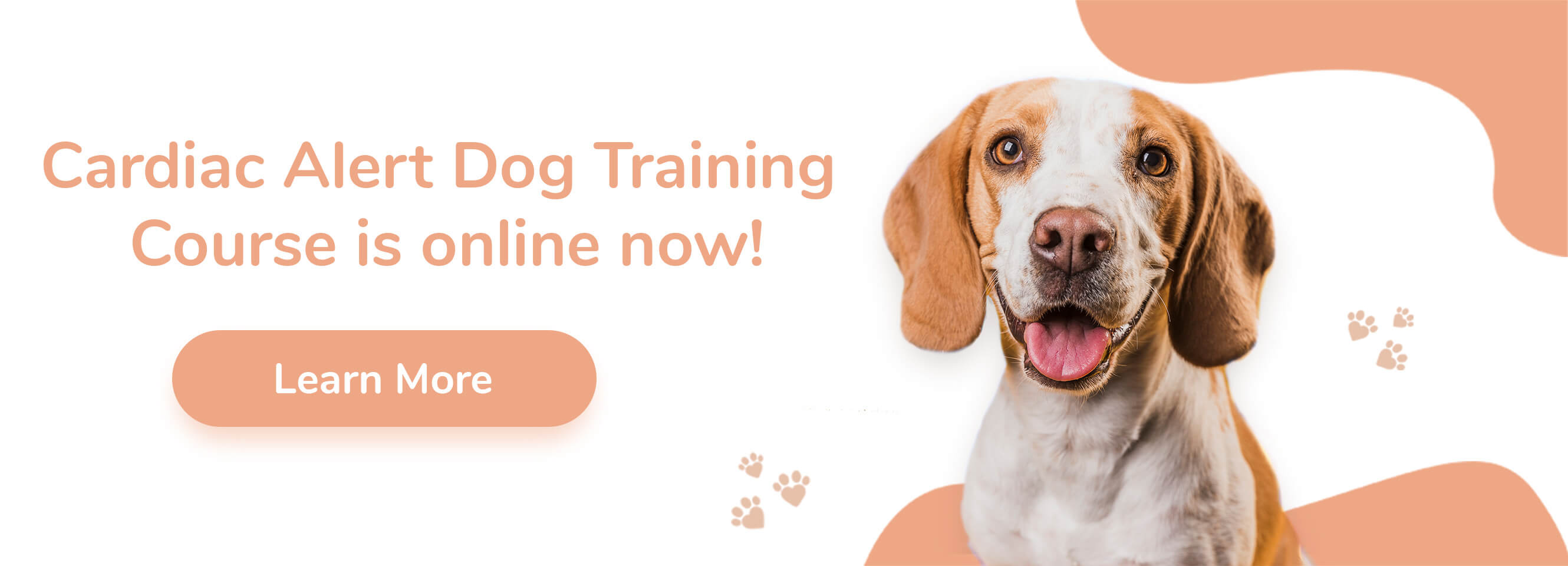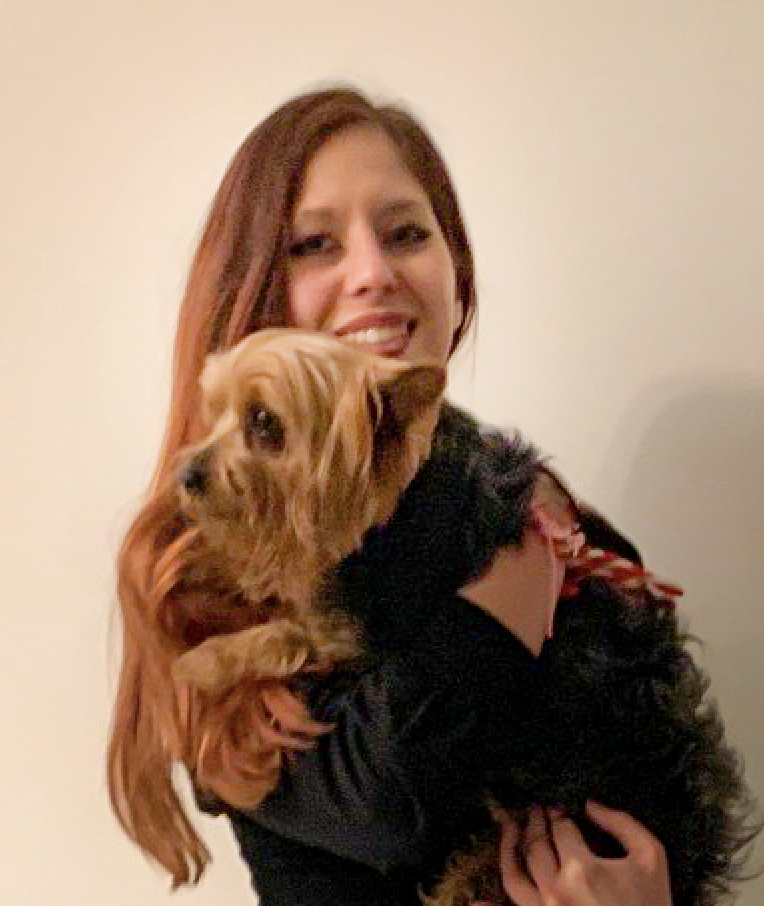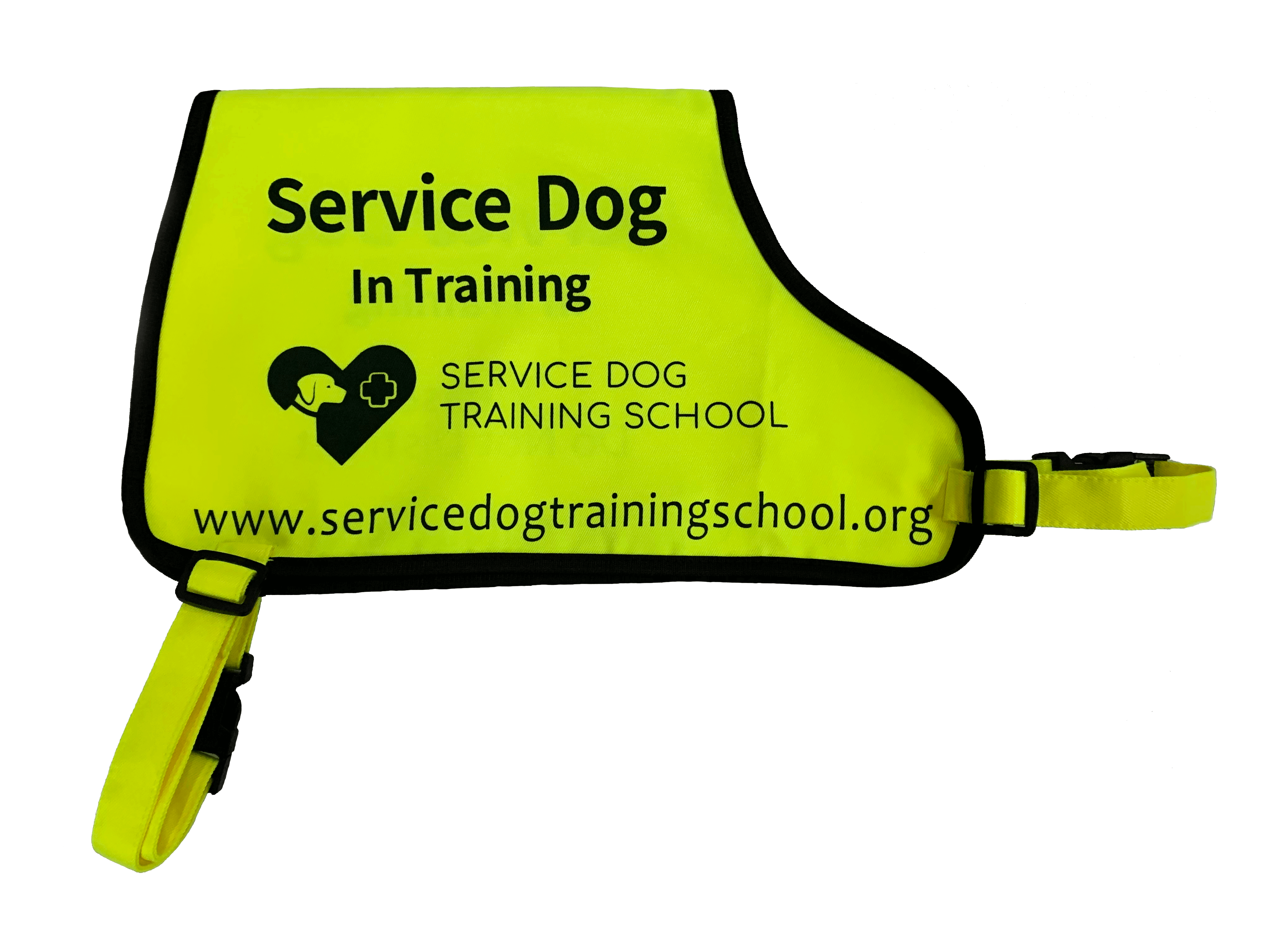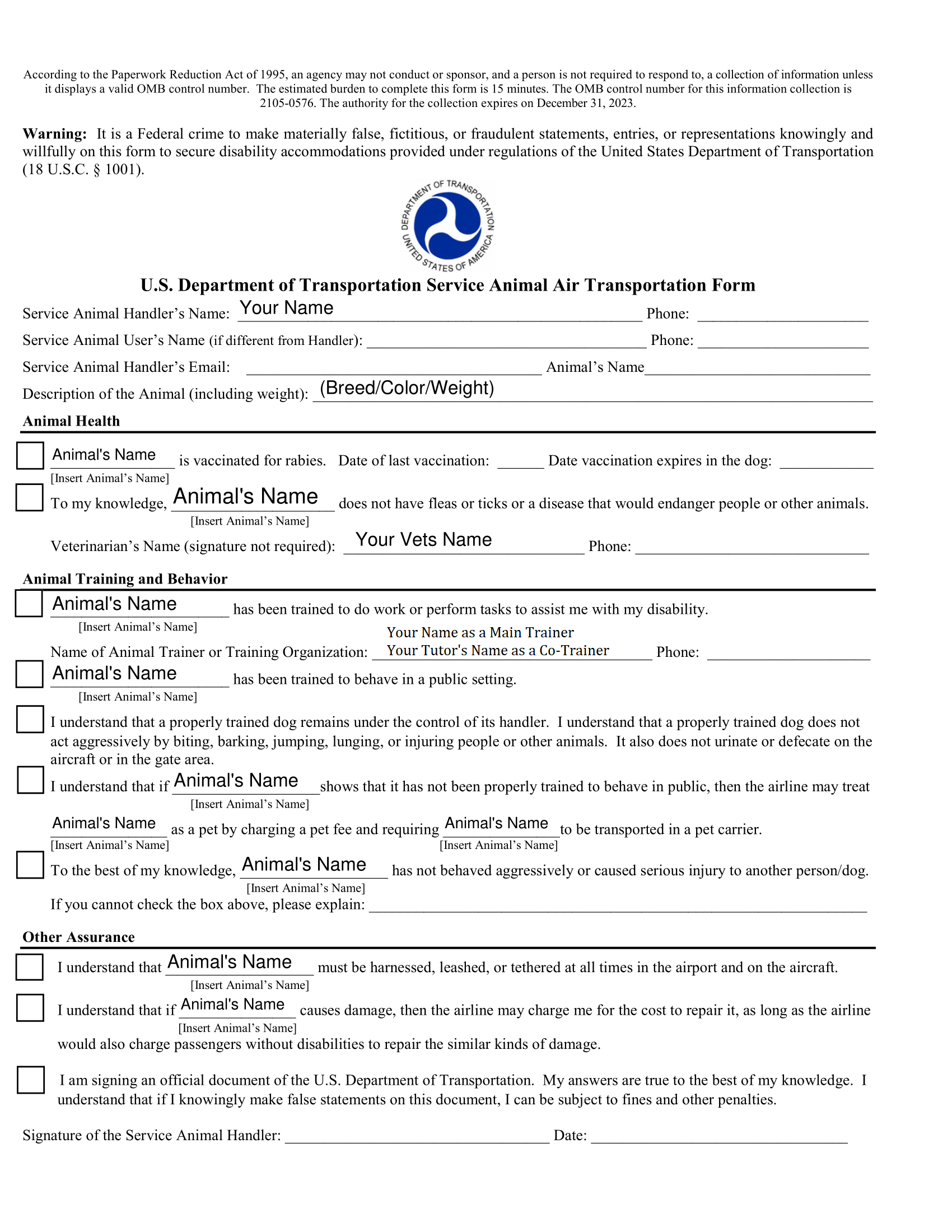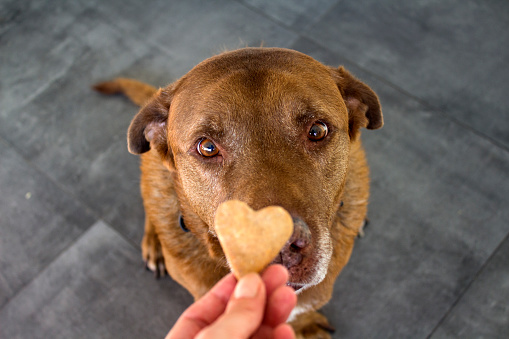
Giving your dog delicious treats is not just a routine activity expressing your love to your paw friend, but an important part of the training process. Knowing what kind of treats to give your dog based on the situation, as well as what amount of treats is considered suitable, plays an important role in training to succeed.
Treats as a Part of the Training Process?
Treats, or food in general, are considered primary positive reinforcement. Primary reinforcement does not have to be learned, it occurs naturally. The most common examples of primary reinforcement are the things, that satisfy our basic needs and ensure our survival, like food and water.
We mentioned “positive” reinforcement, which means that the dog’s behavior causes something good to happen-when the dog behaves properly, he/she gets a reward. In most cases this reward is in the form of treats, however, some dogs are not so food-motivated and prefer other types of rewards like toys.
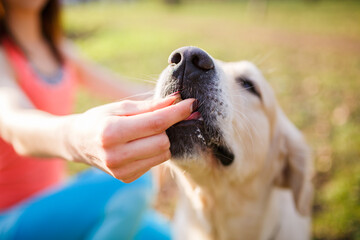
How to Know What Kind of Treats You Should Give Your Dog
1. Figure Out What Treats Your Dog Likes the Most
You should know your dog as an individual, hence you should know his/her taste. The best way to figure out what treats your paw friend likes is to offer various options (treats of different sizes, textures, protein types...etc.) and monitor which type your dog seems to like the most. You can put the treats in your hands and while holding them in fists, you can move them toward your dog’s face. Also, you can use cups to cover the various types of treats. Then you should just look at your dog to determine what treats he/she shows the biggest interest in. These are the treats that he/she will paw at, sniff at, and lick most energetically. Hence, they will be considered “high value” treats.
We would like to note, that when we use the term “high-value” treats, we are talking from a dog’s perspective. It is important what value your paw friend puts on the treats, and not how we evaluate them.
2. Learn How to “Grade” the Treats
Once you figure out what treats your dog likes the most, you should learn how to “grade” all types of treats that will be incorporated into the training sessions. Why is this so important? The different types of treats (treats graded differently) will be used in different situations, i.e. to start a new behavior, to maintain an already learned one, or when you want to train your dog to perform a certain behavior without providing him/her with treats. The third case requires a smooth transition from “giving treats” to “stop giving treats”.
High-Value, Medium-Value, Low-Value Treats - What Are These and When to Use Them?
High-Value Treats
The high-value treats are usually smelly, freeze-dried, or wet and may include liverwurst, pieces of chicken, beef, turkey, lamb sticks, string cheese...etc. These treats are usually not given (or at least not often) outside the training process. You should provide your dog with high-value treats when he/she performs a behavior (usually a new behavior) perfectly.
Situations, when the use of high-value treats is suitable, are:
- When you train your dog in a new behavior;
- When your dog has performed the given command quickly and correctly;
- When you conduct training in an environment with many distractions;
- When you need to address behavioral issues and need to change your dog’s attitude toward certain stimuli (counter-conditioning). In order to apply counter-conditioning, you need to provide your dog with a positive experience/reward while the stimuli are present. That way he/she will start pairing the presence of the stimuli with a pleasant experience and may start tolerating them. For example, if your dog is reactive while on a leash and starts barking at other dogs or tries to jump on them, you can give him/her high-value treats;
-When you have a puppy and conduct important socialization training sessions.
Medium-Value Treats
The treats of a medium value are usually dry or semi-wet. These treats are provided more often but are not a regular part of your dog’s everyday meal. You can feed your paw friend these treats through the
training sessions more frequently than the high-value treats. If high-value treats should be given for “outstanding” performance, the medium-value treats are suitable for a good performance.
Situations, when the use of medium-value treats is suitable, are:
- When your dog has already learned a certain behavior, but you need to maintain the progress;
- When your dog has performed the given command well, but not perfectly (i.e. there was some hesitation);
- More regular use during the training sessions than high-value treats;
- During the day for behaving properly;
- When you conduct training in an environment with some (mid-level) distractions;
Low-Value Treats
Treats of a low value are typically crispy and dry. Also, you can use your paw friend’s regular food as low-value treats.
These treats are usually used:
- When your dog’s performance was not perfect, but the dog has responded to the command in some way. Often, the bad performance is caused by the presence of too many distractions or the willingness of the handler to progress too quickly. In this case, you may need to start the training session from the beginning and lower the distractions. Training should be conducted step by step so that the dog does not feel overwhelmed. However, the opposite situation may also occur-some dogs really enjoy dealing with challenges and having tasks, and progress really quickly. If you keep the training sessions at a really low pace, your paw friend may lose motivation;
- When you practice in an environment with no or few distractions;
- Regularly during the day to motivate your dog to continue behaving properly;
- To make a smooth transition from giving treats to stopping giving treats as a reward for certain behavior.
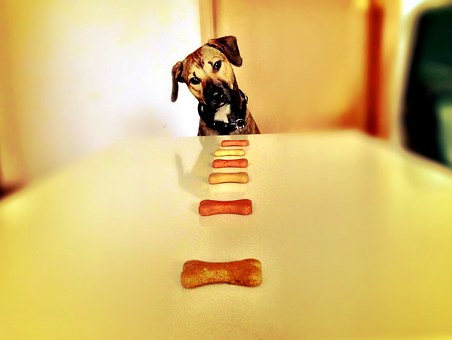
Important Things to Consider When Giving Your Dog Treats
You should always take calorie intake into account. Do not overfeed your dog with treats, as he/she may lose interest in his/her regular food. Also, he/she is likely to gain weight. Being overweight and obese can cause serious health conditions, including joint issues, Diabetes, kidney failure, liver failure, and heart disease.
Always give your dog small pieces of treats- pea-sized. Giving your paw friend treats in small pieces will not only ensure that he/she will not gain weight and lose interest in his/her regular meal, but it will be more convenient for you to deliver them. For example, if you are outside for a long walk, and would like to use the time to train your dog, it would be much easier for you to carry a small bag with treats in small pieces.
Make sure that you have checked the ingredients. Always make sure that you give your dog high-quality food that does not include coloration and additives. When it comes to human food-make sure that it is well-prepared and safe for dogs. If you would like to give your furry friend food such as peanut butter, you should check if it contains Xylitol. Xylitol is dangerous for dogs and can even cause death.
Do not feed your paw friend before the training sessions. He/she will be less motivated to perform the given task if he/she is already full.



